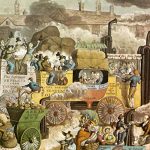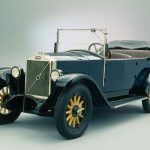Rolls-Royce Motor Cars commemorated the 118th anniversary of the first meeting between founders Henry Royce and Charles Stewart Rolls at the Midland Hotel in Manchester, England in 1904. The occasion marked another milestone in the long history of Rolls-Royce Motor Cars.
When considering the rich heritage of the Phantom, one can’t help but be impressed by the special place this car holds in the hearts and minds of Rolls-Royce’s most discerning customers. The Phantom represents the pinnacle of Rolls-Royce Bespoke ambition, allowing owners to bring their own unique creations to life. Truly, the Phantom is not only the ‘best car in the world’, but also the best car for our customers.
Torsten Müller-Ötvös, CEO, Rolls-Royce Motor Cars
Following the merger of engineering genius Royce with business entrepreneur Rolls, their company quickly gained recognition as the maker of ‘the best car in the world’. Over a century later, Rolls-Royce Motor Cars proudly maintains this title.
Today, the Phantom stands as the brand’s flagship product, embodying bespoke luxury and handcrafted excellence at the Home of Rolls-Royce in Goodwood. As part of its annual series of events, Rolls-Royce takes the opportunity to reflect on its origins and unique heritage, delving into the evolution of the Phantom over the years and its unwavering position as a symbol of luxury motoring.
THE ORIGIN OF SUPERIOR PERFORMANCE
During the early days of the automotive industry, luxury car manufacturers focused solely on producing the mechanical components, or rolling chassis, of the cars. The bodywork was then custom-designed and built by independent coachbuilders according to the customer’s specifications.
Rolls-Royce and other manufacturers, at that time, primarily focused on improving the technical aspects of the car’s performance. This encompassed factors such as durability, reliability, climbing ability, ease of handling, and other fundamental attributes that exemplified the quality of a car, including noise, vibration, and the body’s structural dynamics.
Through their dedication to engineering excellence, Rolls-Royce established the Phantom as ‘the best car in the world’ during its early days, thanks to the impeccable quality and superior design of its rolling chassis. This solid foundation allowed coachbuilders to achieve the pinnacle of craftsmanship.
REDEFINING TECHNICAL LIMITS
The birth of the Phantom family dates back to 1925, with the introduction of the Phantom I model. This car immediately set the standard with its maximum torque, advanced technology, and the ‘Magic Carpet Ride’ suspension system, offering an exceptionally smooth driving experience. These defining characteristics would continue to be associated with the Phantom for the next century. However, Rolls-Royce did not rest on its laurels and, in 1929, unveiled the successor to the Phantom I.
The Phantom II represented another significant milestone in engineering and technological advancements. In 1930, the company introduced the Phantom II Continental, catering to customers who preferred a more performance-oriented model for self-driving. Meanwhile, the ‘standard’ version, featuring a longer wheelbase, continued to be popular for chauffeur-driven experiences. This tradition continues with the Phantom and Phantom Extended models today.
DEMAND FOR SPEED
The new Continental model boasted impressive speeds of up to 95mph, yet it still fell short compared to some rival models in the market. Rolls-Royce aimed to address this by developing a comprehensive solution. Drawing from their experience in testing aero engines, the company unveiled the Phantom III in 1934. Equipped with a new 7.3-liter V12 engine mounted on a new chassis, this car, when combined with a lightweight body, achieved top speeds surpassing 100km/h.
In 1939, Rolls-Royce produced a press car affectionately known as ‘The Scalded Cat’. This vehicle was frequently rented by influential figures, including His Royal Highness Prince Philip, the Duke of Edinburgh. The Duke was so impressed with the car that he convinced Rolls-Royce to build a more luxurious version for himself. The brand successfully fulfilled this request by delivering the first Phantom IV in July 1950. Although originally intended to be a one-off production, the company ultimately manufactured 18 Phantom IVs. Of these, 17 were made for other royal and heads of state figures, while one had an interesting origin. It was constructed as a pickup truck for Rolls-Royce to use as a delivery vehicle and for road testing.
THE LAST PROSPEROUS ERA
In 1959, Rolls-Royce introduced the Phantom V generation, equipped with the most modern V8 engine in the lineup. In 1967, the car underwent subtle technical changes and was consequently renamed the Phantom VI following its redesign.
By 1968, only the in-house company Mulliner Park Ward remained as the sole surviving genuine coachbuilder in the UK. Despite numerous challenges faced during the 1980s, these beautiful cars continued to be sold until production gradually decreased to only two or three cars per year, ultimately ceasing altogether in 1992.
REALIZING DREAMS
Until the Phantom VI, each generation essentially utilized a rolling chassis, with bodies custom-built by renowned coachbuilders in the UK and Europe according to the owner’s specifications.
While this was a common practice in the luxury car world, the Phantom stood out due to its superior engineering, quality components, and chassis structure. This platform could accommodate the highest quality, weight, and complexity of bodies, thanks to Royce’s engineering expertise and meticulous attention to detail.
At each stage of the Phantom’s development, owners had the opportunity to maximize its potential, resulting in some of the most remarkable, visually stunning, and technologically advanced motor cars ever seen on the road. With the chassis and body treated as separate entities, subsequent owners could transform the appearance of the car to suit their individual preferences and requirements.
Many Phantoms have undergone multiple transformations throughout their long lives, traveling across the globe. Some have been repainted, while others have had their entire design reimagined from the ground up, reborn in a different form with entirely new characteristics. Despite this extraordinary variety, the models enumerated below remain true Rolls-Royces, showcasing remarkable engineering, materials, construction, performance, quality, and driving comfort. Above all, they represent the precise desires of their respective owners.
Phantom II 1930 (62GY)
This stunning Phantom II features a Dual Cowl Tourer body style custom-built by Hooper of London. At the request of its wealthy Texan owner, the car received 50 additional modifications to suit touring purposes. These included a larger petrol tank, an enlarged radiator cap, and raised hood louvers, adding to its unique appeal. Originally purchased for the customer’s honeymoon, the car went on to travel extensively around the world until 1939. The current owner repurchased the car in 1998, and it has since earned prestigious awards, including the Louis Vuitton Classic Parfums Givenchy Trophy for pre-war tourers and the Most Sporting Tourer at the Biarritz Concours.
Phantom II Continental 1933 (55MW)
This unique ‘boat-body’ design showcases the distinctive style of premier coachbuilder Park Ward. Its main feature is a compact folding top section, which can be fully concealed below the rear cowl when retracted, emphasizing the car’s seamless lines. The original car had a raw pig-skin interior.
Source: ‘Park Ward The Innovative Coachbuilder’ by Malcolm Tucker.
Phantom III 1937 (3BT85)
This striking saloon-with-split rear body style, with distinctive v-shaped tail contours, represents one of the eye-catching designs from London-based coachbuilder Hooper & Co. The decorative chrome beltline trims accentuate the body and wheel arches, enhancing the car’s aerodynamic feel.
Source: ‘The Spectre Arises’ by Steve Stuckey.
Phantom V 1965 (5VD63)
This Phantom was originally owned by Squadron Leader Patrick Barthropp. In 1968, John Lennon purchased the car from Barthropp, around the same time The Beatles released the White Album. He later sold the car to American businessman Allen Klein. The car made appearances in various notable films, such as Georgy Girl (1966), Let It Be (1970), Performance (1970), and The Greek Tycoon (1978). After an extensive restoration in 2016, the car won first prize for “Best In Class” at the Concurs d’Elegance competition in Lincolnshire, UK. It is currently located in the UK.
Source: Photo courtesy of ABKCO © 2022. All rights reserved.
Phantom VI 1966 (5LVF65)
Renowned coachbuilder James Young, established in 1863, is celebrated for creating some of the most elegant bodies ever seen on a motor car chassis. Their crowning achievement came with the development of the PV23 design, specifically tailored for the Rolls-Royce Phantom V chassis. A total of 22 bodies of this design were produced.
This specific model featured a predominantly darker coat, but for the 5LVF65, a lighter tone of Ivorine paint was chosen, giving it a distinct exterior appearance that accentuates the classic elegance of every line and curve designed by renowned designer A. F. McNeil. The rear cabin is exceptionally spacious, featuring a meticulously crafted cocktail cabinet located below a glass partition. Champagne fabric was chosen for the rear cabin upholstery, offering enhanced passenger comfort compared to the supple, high-resilience leather commonly preferred by drivers.
Source: P&A Wood.
Phantom VII 2015 (Serenity Phantom)
This magnificent Phantom VII Extended was created for display at the 2015 Geneva Motor Show. Inspired by the luxury cars created for global royalty in the early 1900s, the rear cabin features a unique Smoke Green-colored raw silk, handwoven and embellished with embroidered Chinoiserie floral patterns. The painstaking hand-painting process required 600 man-hours to complete. This design is also reflected on the dashboard, door inlays, and engravings. The wooden details crafted from smoked cherry and bamboo, along with decorative elements reminiscent of rush-covered stones in Japanese gardens, create an atmosphere of tranquility and natural beauty in the interior. At the time of its creation, the paintwork employed for the exterior design, known as Cullinan, was the most complex and costly paint layer ever produced by Rolls-Royce.
Phantom VIII 2021 (Phantom Oribe)
In a unique collaboration, two iconic brands, Rolls-Royce and Hermès, joined forces to create a one-of-a-kind Bespoke Phantom for Japanese entrepreneur Yusaku Maezawa. The Phantom Oribe blends Bespoke exterior colorways inspired by the Oribe pottery collection of ancient Japan, reflecting the global standing of the car’s owner. In a special gesture, Rolls-Royce also supplied the same Bespoke paint color for Maezawa’s personal private jet. The predominantly Hermès Enea Green leather interior features a Gallery display space showcasing an artwork based on the design of renowned French illustrator and artist Pierre Péron (1905–1988), famous for creating several iconic Hermès scarves.
A REBIRTH OF AN ICON
At 00:01 on January 1, 2003, the first Phantom VII was delivered to a delighted new owner. It also marked the inaugural vehicle produced at the new Home of Rolls-Royce in Goodwood, West Sussex, England. The car embodied a modern interpretation of the brand’s timeless lines and proportions, upholding the original philosophy set forth by Mr. Henry Royce himself. The entire manufacturing process of the car took place in-house, with a team of skilled craftsmen meticulously crafting each detail. The brand’s Bespoke program provided customers with the opportunity to embody their visions and individual desires in their Phantoms.
The Phantom VII reaffirmed Rolls-Royce’s position as the world’s leading luxury car manufacturer throughout its 13-year existence, serving as the pinnacle product of the brand. Nonetheless, Rolls-Royce designers and engineers understood that perfection has no bounds, and the car’s excellence knew no limits.
In 2016, Rolls-Royce unveiled the Phantom VIII, the first car built upon the brand’s exclusive Architecture of Luxury platform. This all-aluminum spaceframe serves as the foundation for every future motor car produced at Goodwood. Designed specifically to accommodate Bespoke orders, the Phantom VIII has enabled Rolls-Royce designers, engineers, and craftsmen to undertake some of the most ambitious and complex projects ever created by the brand. The Phantom VIII is the only model to feature The Gallery, a display space separated by a long pane of glass spanning the entire width of the dashboard. This allows customers to showcase artwork or commissioned designs in their cars.
Nong Phuong (Tuoitrethudo)


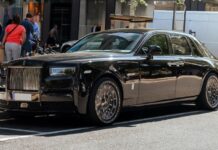



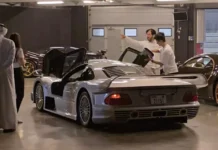
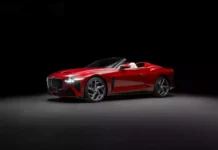


















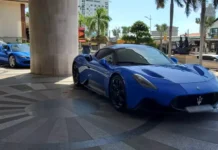
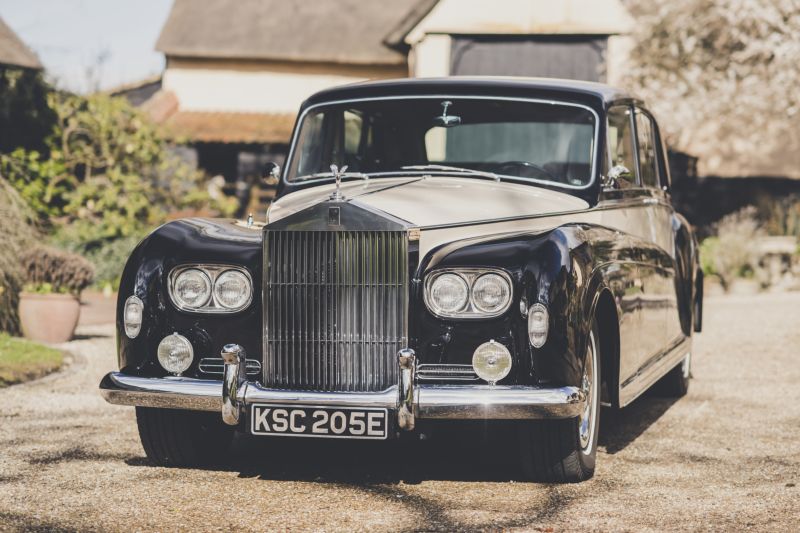
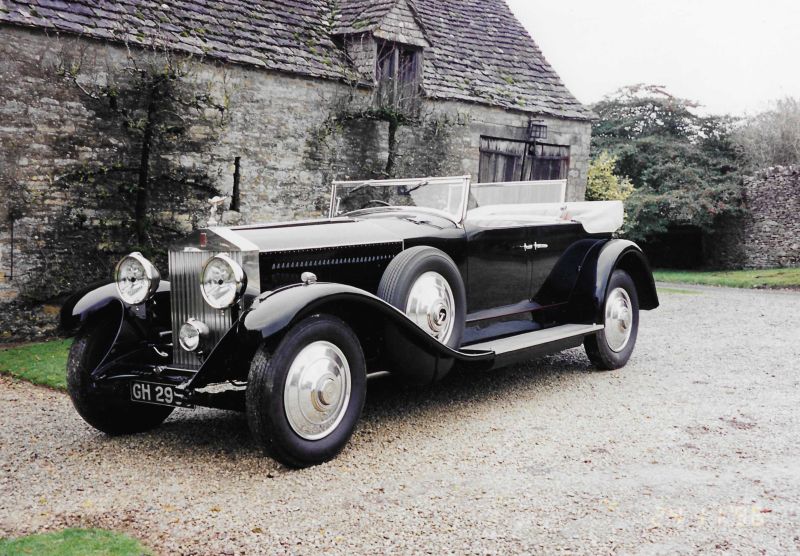
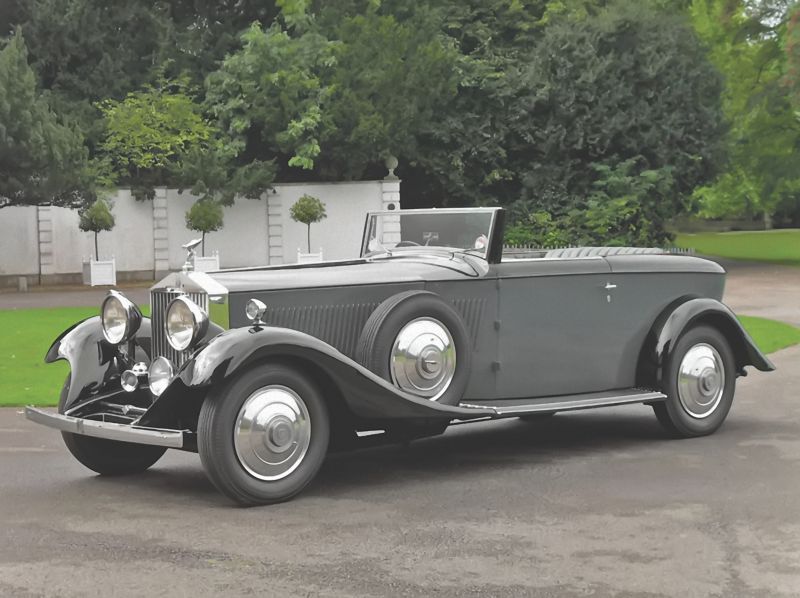
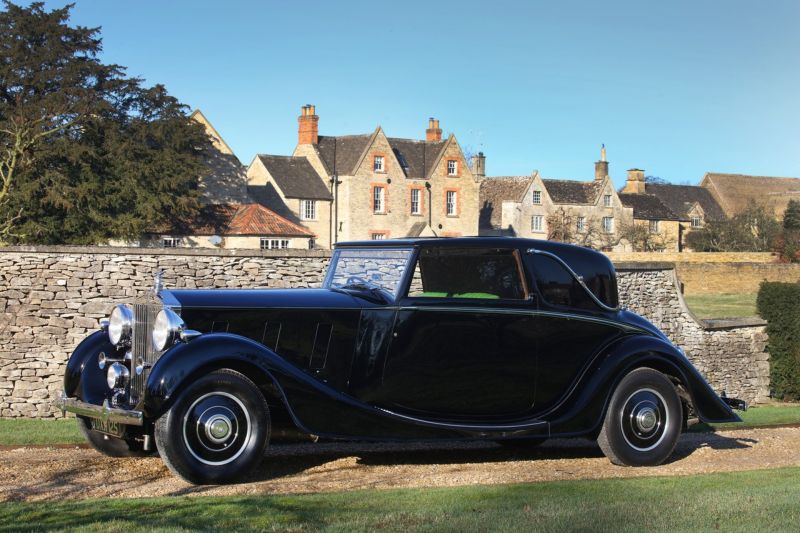
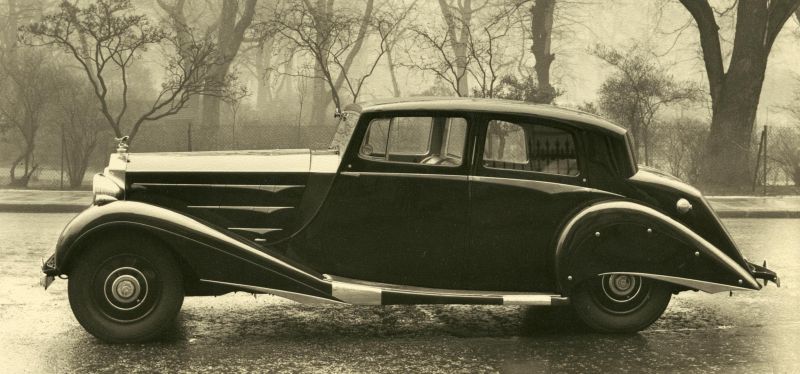
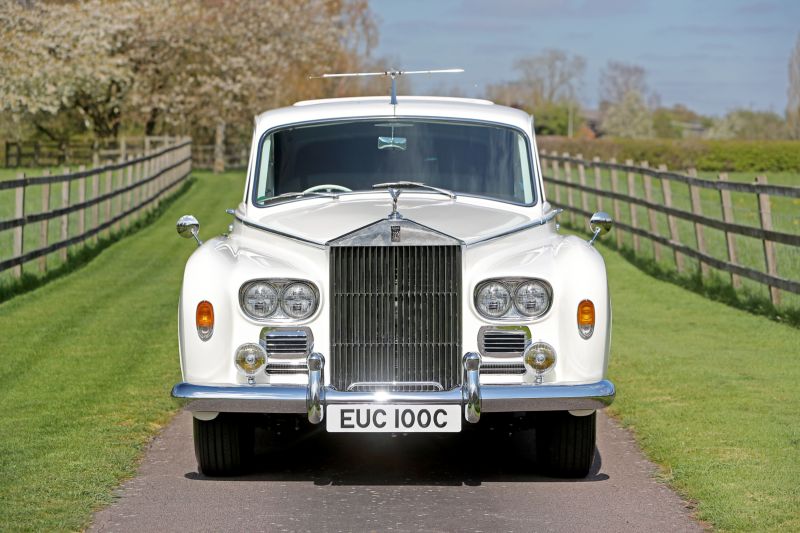

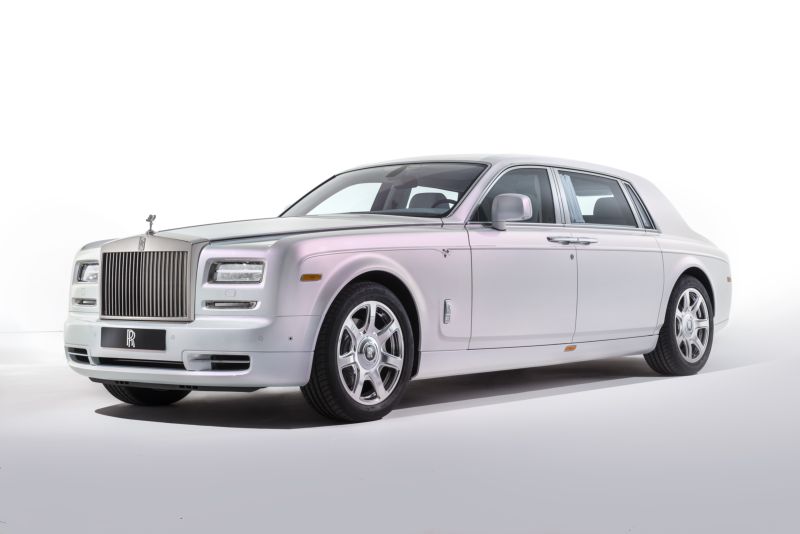

![[Lexus RX 500h F Sport Performance Review: Astonishing Transformations]](https://vnauto.net/wp-content/uploads/2023/10/xehay-lexusrx500h-23062023-15-150x150.jpg)

